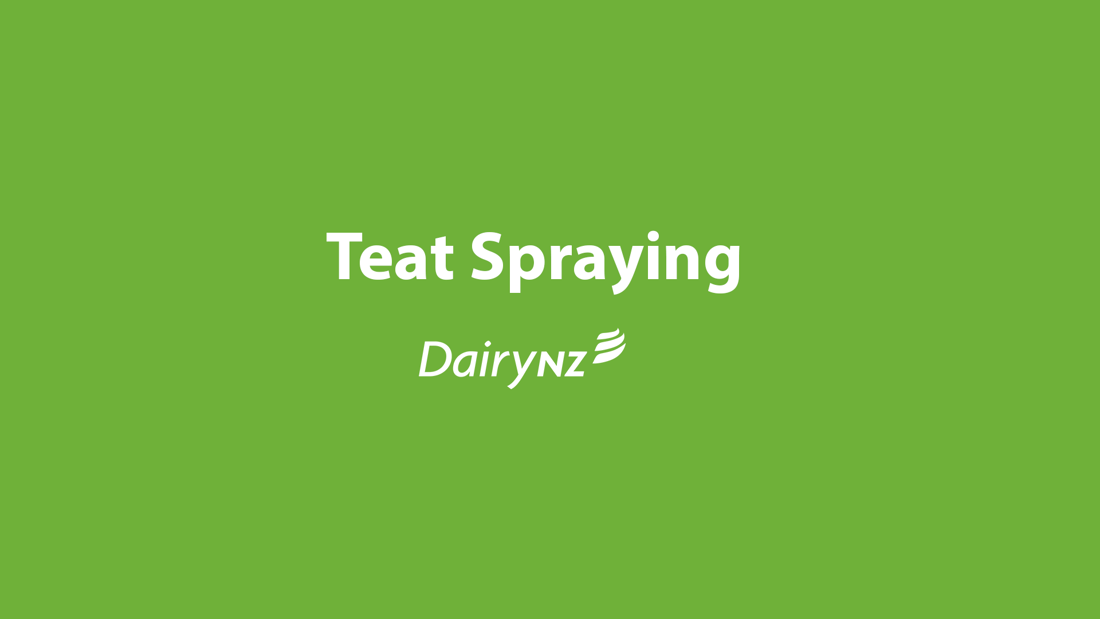Teat Care and Management
7 min read
Looking after teats is crucial in dairy farming. Damaged or rough teat skin can lead to bacterial infections, discomfort for the cow, and increased risk of mastitis. The page outlines the problems related to teat damage, including signs of issues and solutions to fix them. Teat spraying is emphasized as a vital process for maintaining teat skin health and controlling mastitis, with guidelines on how to do it effectively. The content also covers various teat sanitisation systems and the importance of proper teat disinfection. This information serves as a comprehensive guide for ensuring healthy teat conditions on your dairy farm.
Rough or damaged teat skin and teat sores provide sites for bacteria to become lodged, and multiply. Cracks and teat sores are also painful - this leads to poor cow behaviour during milking and poor milk let-down.
Exposure to mud and water, faulty milking machines, unhygienic milking practices and infectious organisms will have a detrimental effect on teat skin condition. Damaged teats are:
Teat skin is affected by:
Teat spraying is critical for maintaining teat skin health and controlling mastitis during lactation.
Teat spraying has the following benefits:
Teat sanitising products must be approved to ensure they won’t result in undesirable milk residues. A list of approved chemicals is available on the New Zealand Food Safety website or you can contact a Milk Quality Representative from your dairy company.
Teat spray all teats of all cows immediately after every milking, and throughout the whole lactation period. Cover the whole teat of every cow to maximise effectiveness.
Teat spraying before cup attachment increases the risk of milk contamination and there are strict criteria associated with this practice. If you wish to do it contact a Milk Quality Representative from your dairy company and ensure you are carrying out the correct technique.
Watch the video below for teat spraying technique.

Video 1:35 min
Teat disinfection is the most effective mastitis control measure, but only works if done properly.
Failure to cover the whole teat of every cow at every milking or using incorrectly diluted teat sprays are the most common errors.
Bacteria in milk from infected quarters can contaminate the skin of many other teats during milking. After milking, these bacteria multiply on the teat skin and may enter the teat canal. Disinfecting the teat surface immediately after milking helps minimise the spread of bacteria.
Teat spray units come in manual and automated forms, but which system is best?
The table below outlines the advantages and disadvantages of each teat sanitisation system.
| Teat Spray System | Description | Advantages | Disadvantages |
| Hand pump |
|
|
|
| Pressurised sprayer |
|
|
|
| Teat dip |
|
|
|
| Automatic sprayer |
|
|
|
Now’s the perfect time to check in, plan, and set up for a strong season. We’ve pulled together smart tips and tools to help you stay ahead all winter long.
Whether you prefer to read, listen, or download handy guides, we’ve got you covered with trusted tools to support your journey every step of the way.
Put our proven strategies and seasonal tools to work. Boost production, support animal health and watch your profits hum.
Tools that are backed by science, shaped by farmers and made for this season.
That’s Summer Smarts.